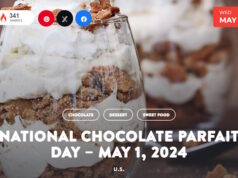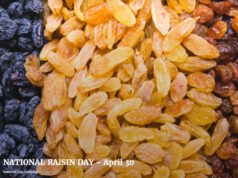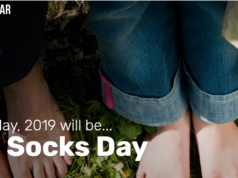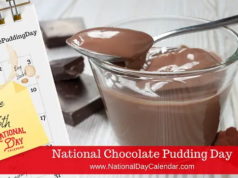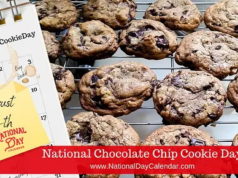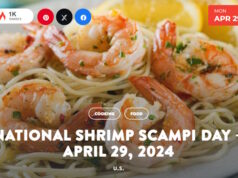
The Oxford English Dictionary cites the first recorded use of the word Barbecue in the English language in 1697 by the British buccaneer William Dampier. While the standard modern English spelling of the word is barbecue, local variations like barbeque and truncations such as bar-b-q or bbq may also be found. In the southeastern United States, the word barbecue is used predominantly as a noun referring to roast pork, while in the southwestern states; cuts of beef are often cooked.
- There is no definitive history about how the word “barbecue” originated – or why it’s sometimes used as a noun, verb, or adjective. Some say the Spaniards get the credit for the word, derived from their “barbacoa” which is an American-Indian word for the framework of green wood on which foods were placed for cooking over hot coals. Others think the French were responsible, offering the explanation that when the Caribbean pirates arrived on our Southern shores, they cooked animals on a spit-like devise that ran from “whiskers to tail” or “de barbe a` queue.”
- Barbecue varies by region, with the four main styles named after their place of origin: Memphis, Tenn.; North Carolina; Kansas City; and Texas.
- In order to be called “baby back ribs” the rack needs to be smaller than a pound and a half.
- Pigs have 14 rib bones! They are divided into four popular cuts: spare ribs, St. Louis, rib tips and baby backs.
- No one knows who invented the barbecue.
- Woods commonly selected for their flavor include mesquite, hickory, maple, guava, kiawe, cherry, pecan, apple and oak. Woods to avoid include conifers. These contain resins and tars, which impart undesirable resinous and chemical flavors.
- Barbecues have been a White House tradition since Thomas Jefferson. Lyndon B. Johnson, the 36th president of the United States, hosted the first barbecue at the White House that featured Texas-style barbecued ribs.
- The most popular holidays for barbecuing are, in order, July 4th (71 percent), Memorial Day (57 percent), and Labor Day (55 percent).
- The most popular foods for cooking on the grill are, in order: burgers (85 percent), steak (80 percent), hot dogs (79 percent) and chicken (73 percent).
- The most popular barbecue utensils are long-handled tongs (77 percent), followed by forks (64 percent), long handled spatulas (59 percent), and then grill cleaning brushes (63 percent).
- Ellsworth B. A. Zwoyer of Pennsylvania patented a design for charcoal briquettes in 1897. After World War I, the Zwoyer Fuel Company built charcoal briquette manufacturing plants in the United States with plants in Buffalo, NY and Fall River, MA.
- Competition barbecuing is one of the hottest hobbies in the country with hundreds of cook-offs held throughout all 50 states. The biggest and most famous are Memphis in May and The American Royal in Kansas City. Both cities stake their claim to being the barbecue capital of the US.
- The first mention of a “barbecue” in America dates from 1733, when Benjamin Lynde of Salem, Massachussetts, wrote in his diary on August 31st, “Fair and hot; Browne; Barbacue. hack overset.” Which sounds like he went to a barbecue with Mrs. Brown, or… there was Bobby Brown sauce.
- 60% of grillers say they barbecue year-round.
- Spare ribs are the most common, and come from the underbelly of the pig; St. Louis-style are similar to spare ribs, but the breastbone is removed; country-style have the highest meat-to-bone ratio; and baby-back have the least fat.
- Baby-back ribs got their name because they’re shorter than spare ribs.
- In 2014, President Obama became the first person ever to skip the hours-long wait at Austin’s Franklin Barbecue, but bought lunch for the line as a thank you. “I feel real bad, but — I’m gonna cut.”
- In 2009, researchers found mammoth ribs in a 4-ft. cooking pit that appeared to date back to 29,000 B.C. The area was also covered with conch shells, which made archaeologists wonder whether the barbecue had been a “surf-and-turf” meal.
- More than any other President, LBJ used barbecue and cookouts as diplomatic tools, hosting politicians like then President of Mexico Lopez Mateos and West German Chancellor Konrad Adenauer, and many members of congress.
- Aptly named Smokey Robinson’s contract rider includes a request for a platter of barbecue chicken wings for himself, his vocalists, his dancers, his conductor, and his band members.
There’s an actual science to measuring barbecue heat with your hand. Next time you float your hand over your grill, do it with purpose. Hold your palm five inches above the grill and count the number of seconds before you feel the urge to yank it away.
Sources:




